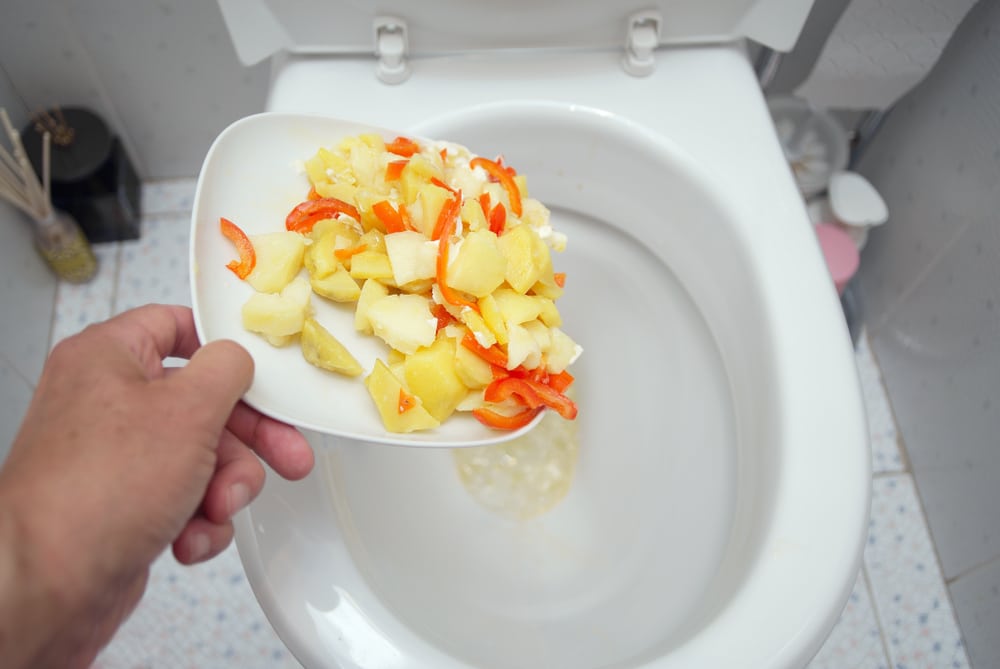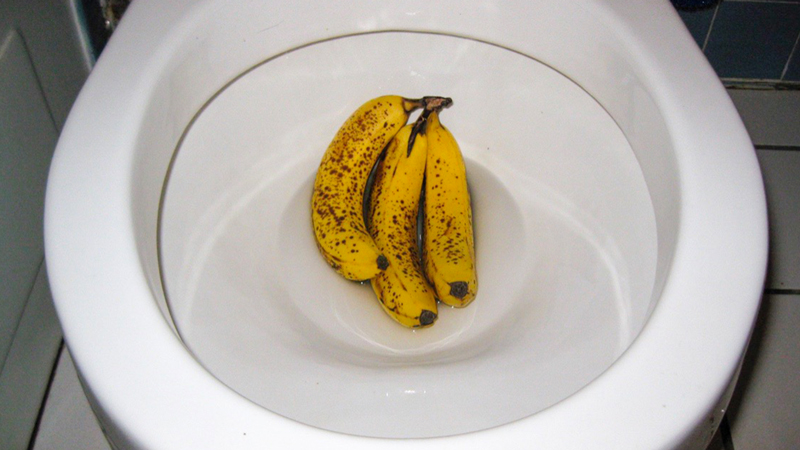Is it Permissible to Flush Food Down the Toilet?
Is it Permissible to Flush Food Down the Toilet?
Blog Article
How do you actually feel with regards to Flushing Food Down the Toilet??

Intro
Lots of people are often confronted with the predicament of what to do with food waste, especially when it comes to leftovers or scraps. One usual concern that occurs is whether it's okay to flush food down the commode. In this short article, we'll delve into the reasons that individuals could take into consideration purging food, the repercussions of doing so, and different approaches for appropriate disposal.
Reasons people could take into consideration purging food
Lack of awareness
Some people may not be aware of the prospective damage triggered by flushing food down the commode. They might erroneously think that it's a safe practice.
Benefit
Flushing food down the commode may seem like a fast and very easy remedy to dealing with unwanted scraps, specifically when there's no nearby garbage can available.
Negligence
In many cases, people might simply choose to flush food out of large negligence, without taking into consideration the effects of their activities.
Repercussions of flushing food down the bathroom
Ecological influence
Food waste that ends up in rivers can add to pollution and injury water environments. In addition, the water used to purge food can strain water resources.
Plumbing issues
Purging food can result in clogged up pipelines and drains, triggering expensive pipes repair services and aggravations.
Types of food that need to not be flushed
Coarse foods
Foods with coarse structures such as celery or corn husks can obtain entangled in pipelines and trigger clogs.
Starchy foods
Starchy foods like pasta and rice can absorb water and swell, causing blockages in pipes.
Oils and fats
Greasy foods like bacon or cooking oils should never ever be flushed down the commode as they can strengthen and create clogs.
Correct disposal approaches for food waste
Using a waste disposal unit
For homes outfitted with garbage disposals, food scraps can be ground up and purged via the pipes system. Nonetheless, not all foods appropriate for disposal in this way.
Recycling
Certain food packaging products can be reused, lowering waste and reducing environmental influence.
Composting
Composting is an eco-friendly way to deal with food waste. Organic products can be composted and used to enrich soil for horticulture.
The importance of appropriate waste monitoring
Decreasing environmental harm
Proper waste monitoring methods, such as composting and recycling, assistance reduce air pollution and preserve natural deposits for future generations.
Safeguarding pipes systems
By preventing the method of flushing food down the bathroom, homeowners can prevent costly plumbing repair services and maintain the honesty of their plumbing systems.
Conclusion
To conclude, while it may be alluring to purge food down the toilet for ease, it is essential to recognize the potential effects of this activity. By taking on proper waste management methods and taking care of food waste sensibly, individuals can add to healthier plumbing systems and a cleaner atmosphere for all.
FLUSH FOOD DOWN THE TOILET?
FLUSHING FOOD CAN CAUSE BLOCKED DRAINS IN YOUR HOME
All of the plumbing fixtures in your home are connected to the same sewer pipe outside of your home. This outdoor sewer pipe is responsible for transporting all the wastewater from your home to the Council sewer mains. Even small pieces of food that go down the kitchen sink can cause problems for your sewer. It should therefore be obvious that flushing larger bits of food, such as meat, risks a clog in either the toilet itself or the sewer pipes. Flushing greasy food is even more problematic because oil coagulates when it cools, coating the interior lining of your pipes.
THE TOILET IS NOT A BIN
Food isn’t the only thing that people shouldn’t be flushing down the toilet. People use the toilet to dispose of all kinds of things such as tampons, makeup wipes, dental floss, kitty litter and even underwear. Water goes to great lengths to educate residents about the high costs and stress placed on wastewater treatment systems simply from people flushing the wrong stuff down the toilet. It costs taxpayers millions of dollars each year, and homeowners thousands in blocked drain repairs.
FLUSHING FOOD IS A WASTE OF WATER
Flushing food is a waste of our most precious resource - water. In June this year Level 1 water restrictions were introduced to protect water supply from drought conditions. Much of New South Wales continues to be affected by prolonged drought with recent figures revealing up to 97 per cent of the state remains in drought. Depending on whether you have a single or dual flush toilet, every single flush uses between five and 11 litres of water. In the current climate this is a huge amount of water to be wasting on flushing food that should be placed in the bin (or better yet, the compost).
https://www.jabplumbingsolutions.com.au/blog/can-you-flush-food-down-the-toilet

I ran across that post on Flushing Food Down the Toilet? when doing a search on the web. Sharing is caring. Helping people is fun. I value reading our article about Think Twice Before Flushing Food Down Your Toilet.
Information Here Report this page